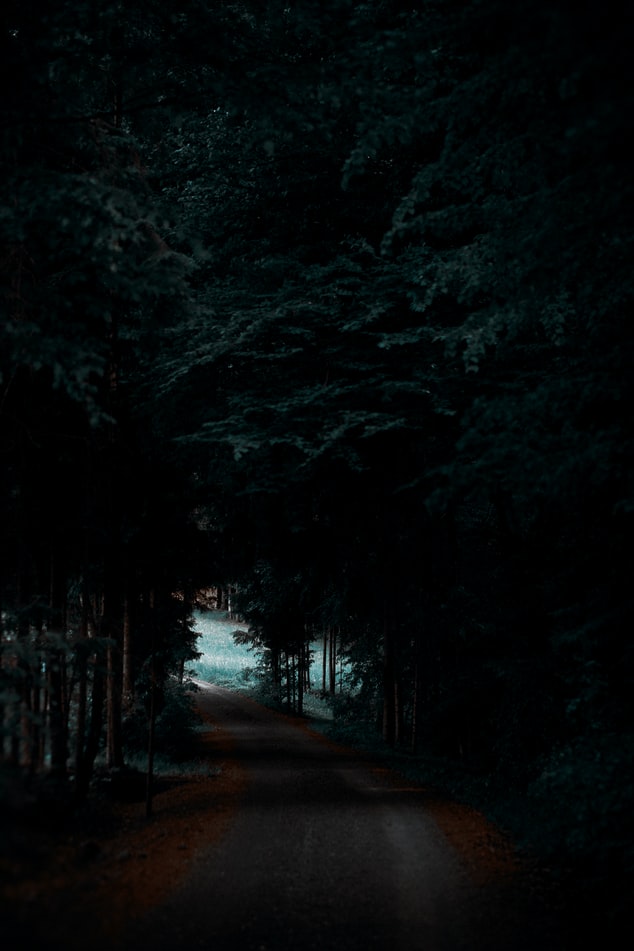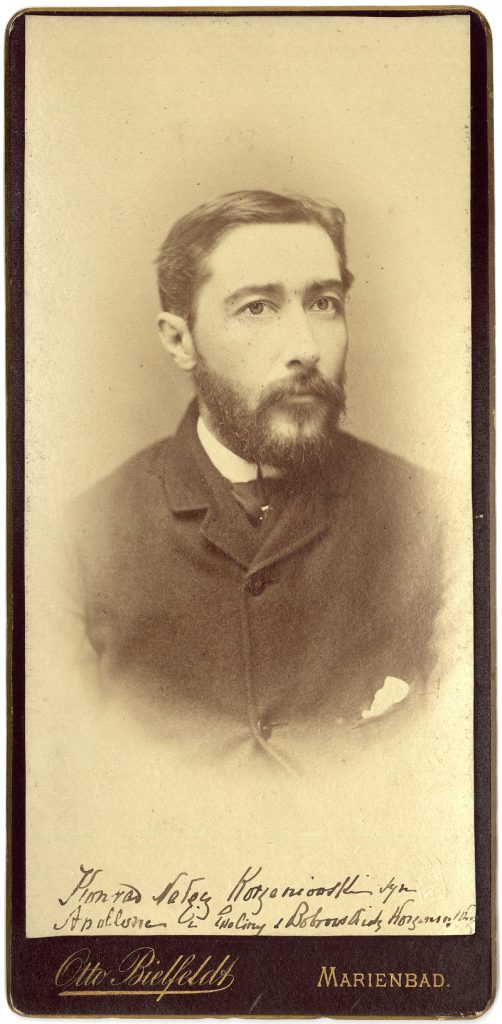
Someone forgot to tell Joseph Conrad.
When you write fiction, you’re supposed follow the rule of thirds. The first third is the introduction of the characters and the development of the conflict. The second third is the development of the narrative, providing a deeper understanding of the characters and conflict. And the last third is the heightened pace of action leading to the climax and resolution of the conflict.
In Heart of Darkness,, after the first third of the short novel, Conrad threw the rule book out the window. All this stuff happens in the second third, offering no respite for the reader.
Marlow has located his boat and fixed it, and he’s now sailing upstream. On board are pilgrims. Also on board are some interesting members of the crew. They’re cannibals. He thinks they’re exercising great restraint or perhaps they’re just not hungry.

At one stop, he finds a ruined reed hut. Inside is a book, An Inquiry into Some Points of Seamanship, written by a master in the British Navy. The book is filled with marginal notes. To Marlow, the notes look like code. He takes the book with him.
He continues to learn more about Mister Kurtz, the object of his journey.
There’s an attack on the boat from shore. A key crew member is killed. It’s looking grim for all concerned when the pilgrims (the pilgrims!) open fire on the jungle, scattering the attackers. Amid all the chaos, Marlow becomes seriously worried that, if the local population has started attacking, then Kurtz must be dead.
He reads a report written by Kurtz for the International Society for the Suppression of Savage Customs, finding the writing to be eloquent. He sees a small note written by Kurtz at the end: “Exterminate all the brutes!” So much for eloquence.
He meets a Russian dressed like a harlequin. The book found earlier turns out to belong to the Russian, and the “code” on the margins is actually notes written in Russian. Like everything else around him, the book and the notes contribute to the sense of unreality (Marlow uses the word “absurdity”).
Expecting at least some calm, the reader, like Marlow himself, is instead whipsawed at every turn of the river. The action does not stop, especially for the rules of writing fiction. There’s no nice, slow development of the narrative here; this is more like Raymond Chandler’s advice for writing: “When in doubt, have two men come in the door with guns.”
As he ponders Kurtz and the man’s writing, Marlow makes one of the most profound statements in Chapter 2 and in the entire book. Learning about Kurtz’s diverse family background, Marlow says, “All Europe contributed to the making of Kurtz.”
And there it is: Marlow’s statement about Kurtz, about Europe, and about Africa, all wrapped up in one concise sentence. He hasn’t even found or met Kurtz yet, but he already knows the meaning of Kurtz’s life. Heart of Darkness isn’t a story about Africa; it is a story about European behavior in Africa.
Perhaps Chapter 3 will allow us to catch our breath.
This month at Literary Life on Facebook, we’re studying Joseph Conrad’s Heart of Darkness, in an edition that includes an extensive study guide by Karen Swallow Prior.
Top photograph by Peter Oswald via Unsplash. Used with permission.


